Slideshow: Wound Care True or False

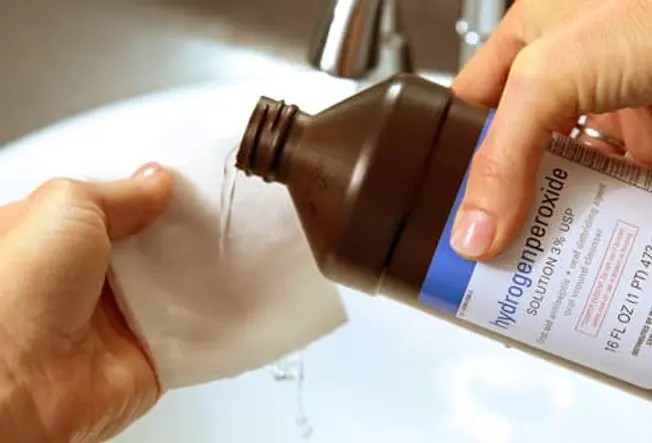
True or False? Cleaning a Wound With Hydrogen Peroxide or Rubbing Alcohol Is Best
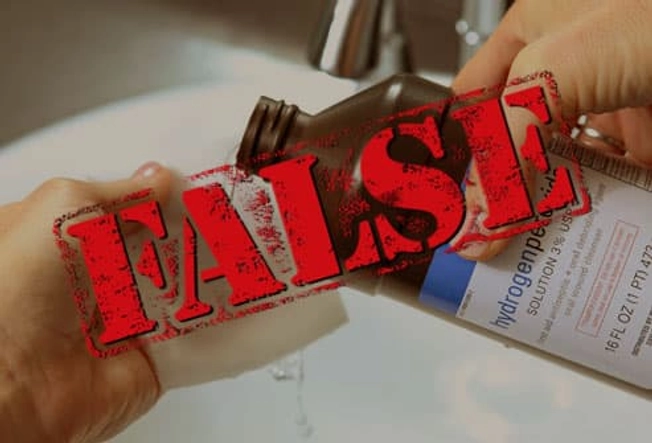
Clean With Hydrogen Peroxide or Alcohol? FALSE
Using hydrogen peroxide or rubbing alcohol to clean an injury can actually harm the tissue and delay healing. The best way to clean a minor wound is with cool running water and mild soap. Rinse the wound for at least five minutes to remove dirt, debris, and bacteria. Wounds that are large, deep, or bleeding nonstop should be treated by a professional.
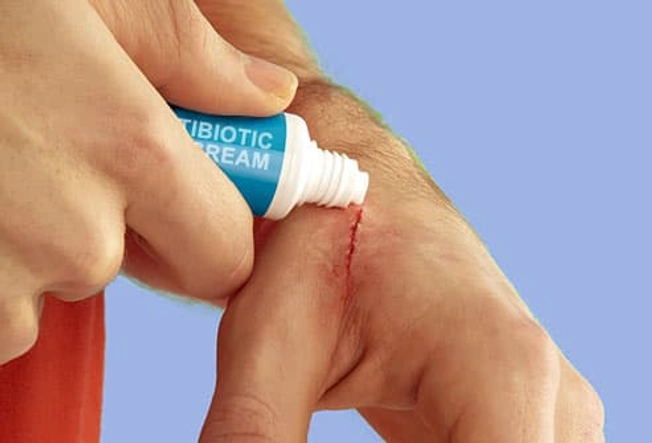
True or False? Keep a Wound Moist
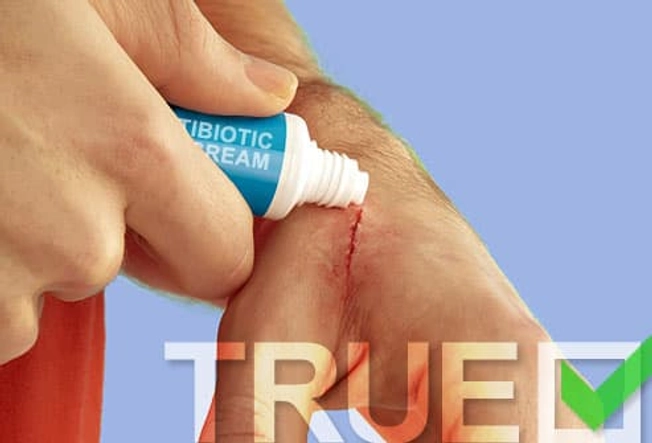
Keep Injuries Moist? TRUE
Keeping wounds moist helps wounds heal faster and can help keep bandages from sticking. This is especially helpful for large wounds and scrapes. Keeping the area clean and applying a thin layer of antibiotic ointment can help prevent infection.
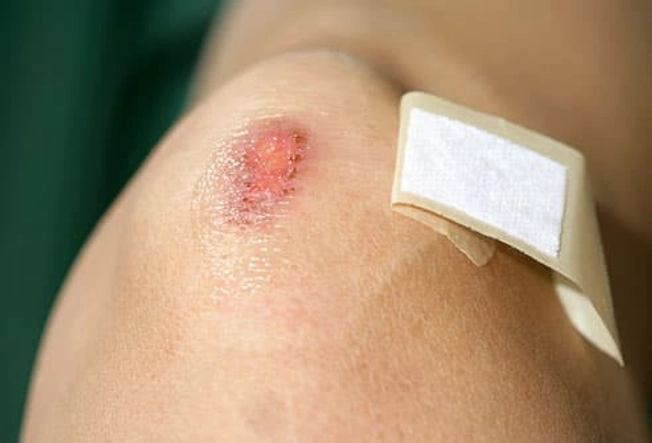
True or False? Scrapes Need to Air Out
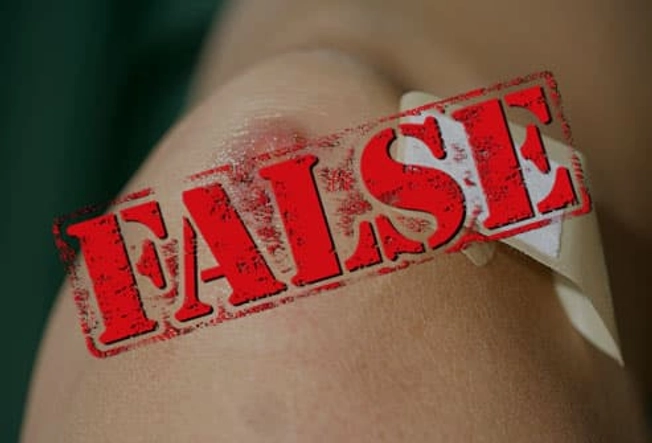
Leave Scrapes Uncovered? FALSE
A bandage can protect the area from rubbing against clothing and dirt and bacteria. That can help the wound heal faster. To reduce the risk of infection, always clean a wound before bandaging. If you have a cut, bandages can also help hold the edges of the cut together. When using an adhesive strip, apply it across the width of the wound, not lengthwise.
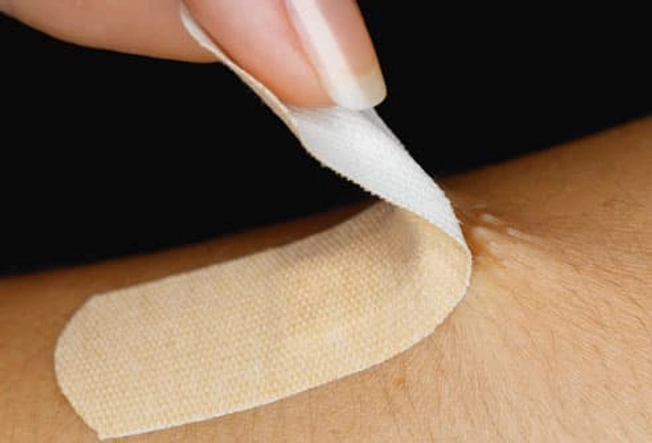
True or False? It's Best To Pull a Bandage Slowly
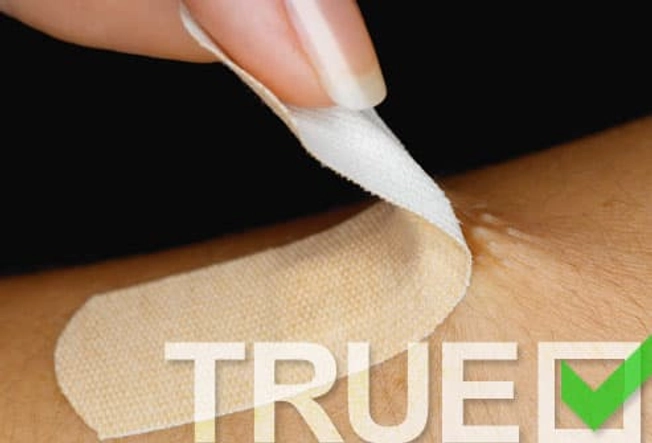
Remove a Bandage Slowly? TRUE
Ripping a bandage off too quickly risks pulling off the scab or reopening the wound. Instead, peel the bandage off slowly and gently. If the bandage feels like it is stuck to the scab, soak it in warm water to soften the scab. To avoid tearing out hair around the wound, pull the bandage gradually in the same direction as hair growth.
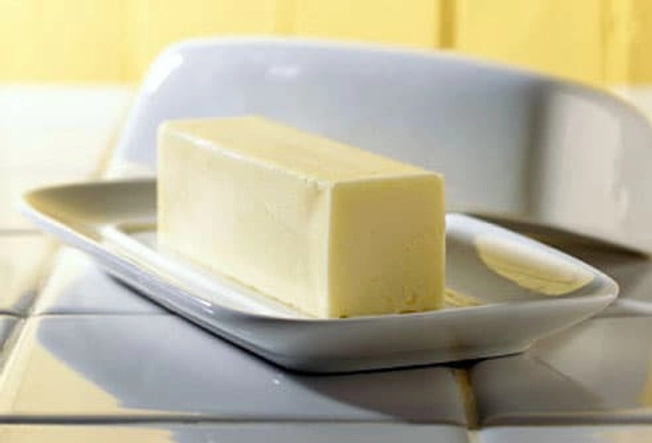
True or False? Butter Is Good for Burns
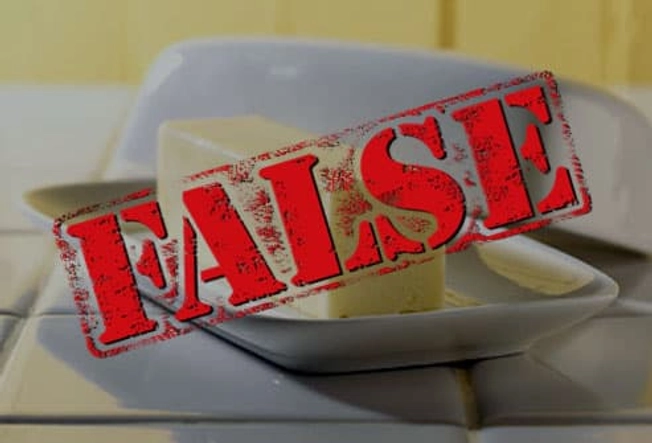
Butter Is Good for Burns? FALSE
Putting butter or ice on a burn won't help and could lead to further damage. For minor burns, hold the area under cool running water until the pain eases. To protect blistered skin, cover the area with a sterile gauze bandage. Use a nonstick dressing if available, and wrap the bandage loosely so it won’t stick to burned skin.